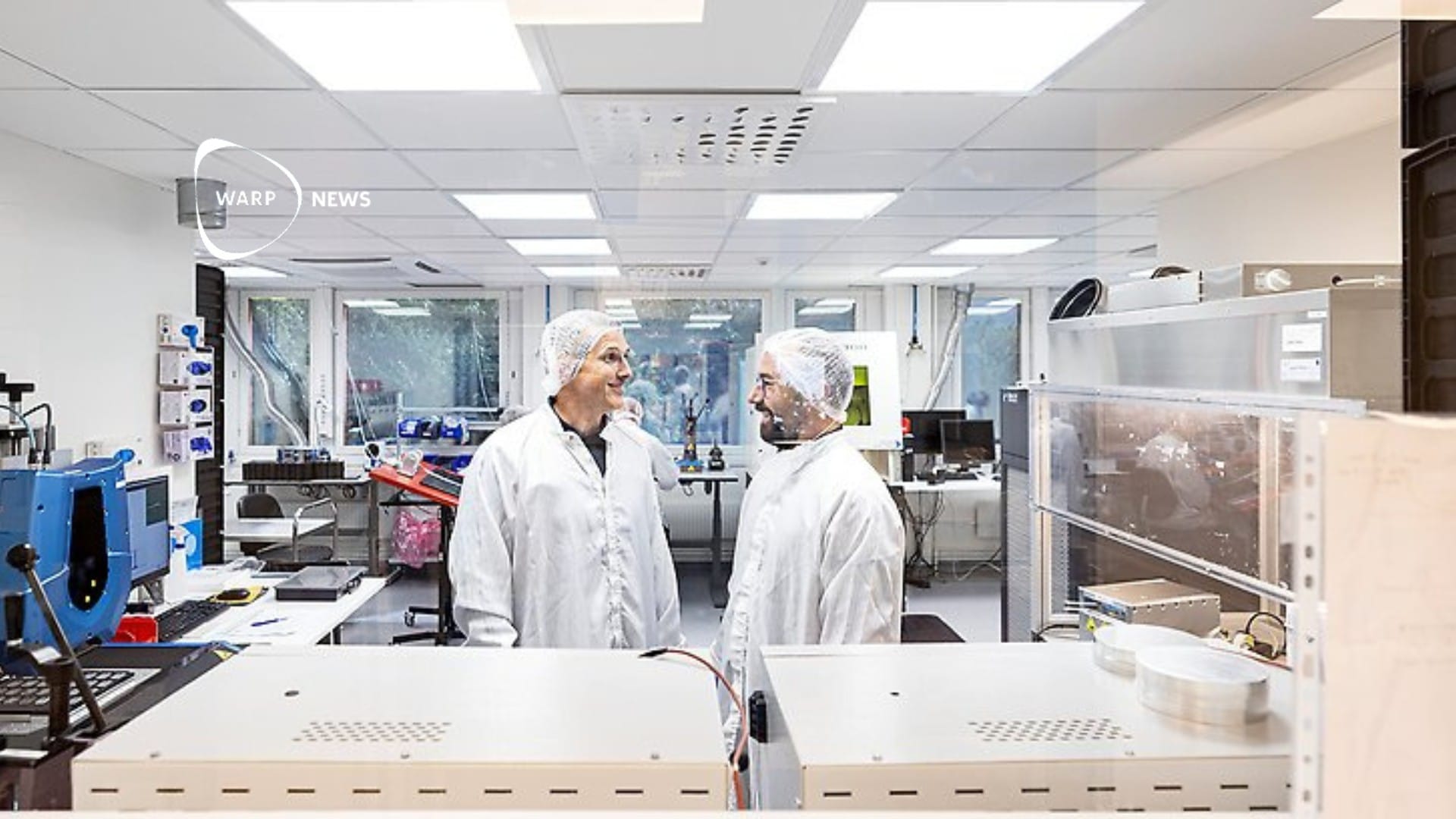
🔬 One step closer to public prostate cancer screening
A new method reduces the risk of treating harmless tumors, with the risk of side effects, and opens the way for general screening to find prostate cancer early.
Share this story!
Detecting prostate cancer at an early stage increases the chance of being able to cure it, which means that public screening for prostate cancer could save many lives. But a major problem with today's screening methods is that many harmless tumors are also detected.
This means that many are treated unnecessarily and then risk suffering complications such as incontinence and impotence. Now a research group from the University of Gothenburg has developed a method that drastically reduces the risk of overdiagnosis.
“This strategy greatly reduces the number of people who need to undergo tissue sampling, which in itself is unpleasant and carries a risk of infection. In addition, this strategy halves the risk of detecting a harmless cancer, which has been the biggest obstacle to introducing general screening for prostate cancer," says Jonas Hugosson, professor of urology at the University of Gothenburg, in a press release.
The researchers used the usual method of a blood test, PSA, to identify those who had prostate cancer. That group then underwent an MRI scan followed by tissue samples. So far it is a standard procedure and is normally followed by twelve "blind" tissue samples from different parts of the prostate. If the examination shows something suspicious, additional tissue samples are then taken from the suspicious area.
What the researchers did was they skipped the blind tests and went straight to targeted tests for the suspect area.
"We have to get away from the blind tissue samples that are still the standard today, rely on the magnetic resonance imaging examination and thus shift diagnostics to only taking samples of men with magnetic resonance imaging findings and then only directed samples to the area in question," says Jonas Hugosson.
By focusing only on the most suspicious area, the risk of finding a harmless cancer was halved while serious, potentially fatal cancer was found to almost the same extent. As the risk of harmless tumors being treated unnecessarily has been reduced so much, the research group believes that there are now good arguments for introducing screening.
"The results from this study may pave the way for general screening to be introduced for prostate cancer, although other factors, such as costs, availability of magnetic camera examination and more, must be taken into account in the assessment," says Jonas Hugosson.
By becoming a premium supporter, you help in the creation and sharing of fact-based optimistic news all over the world.


